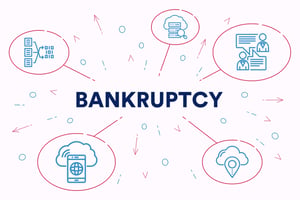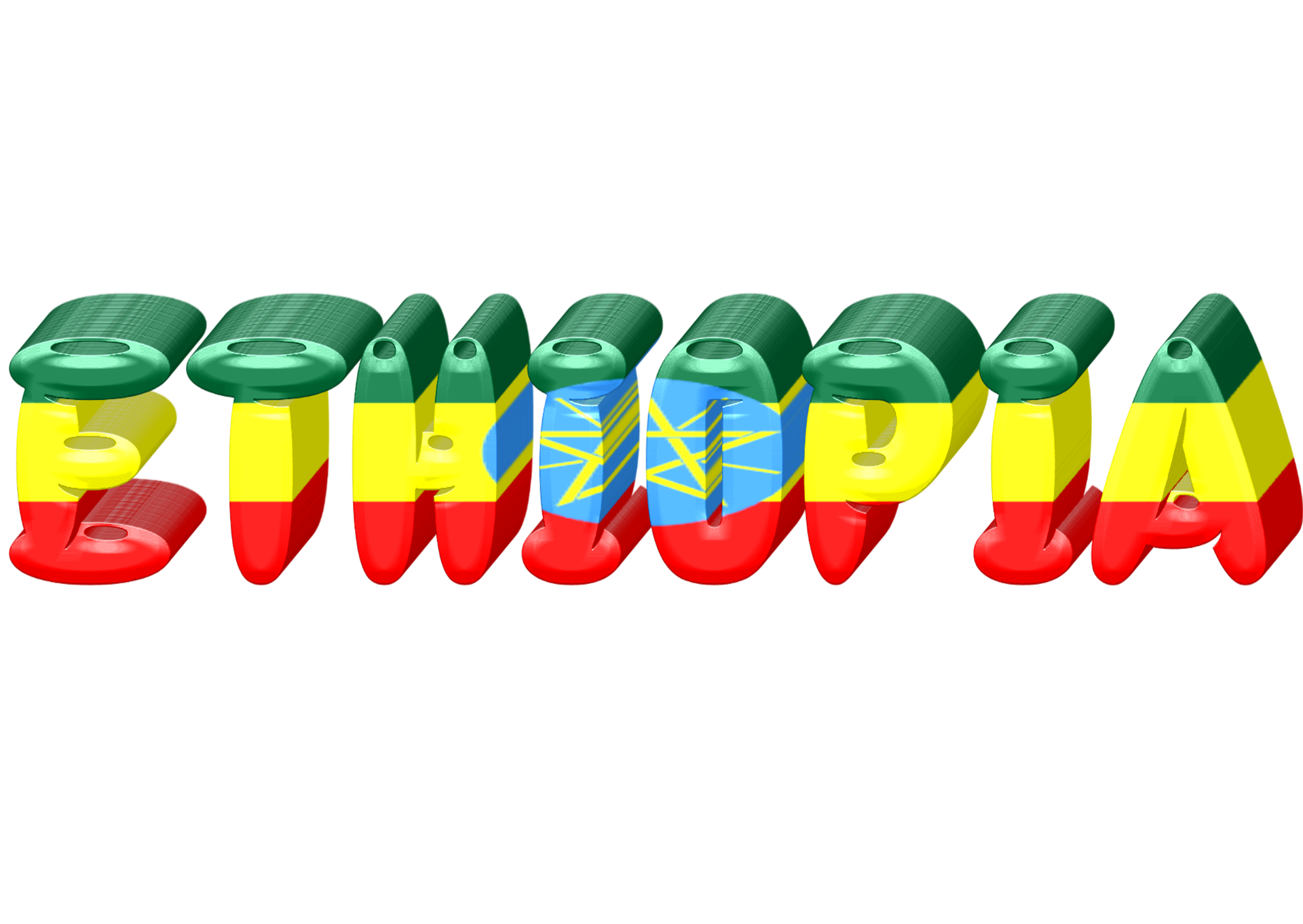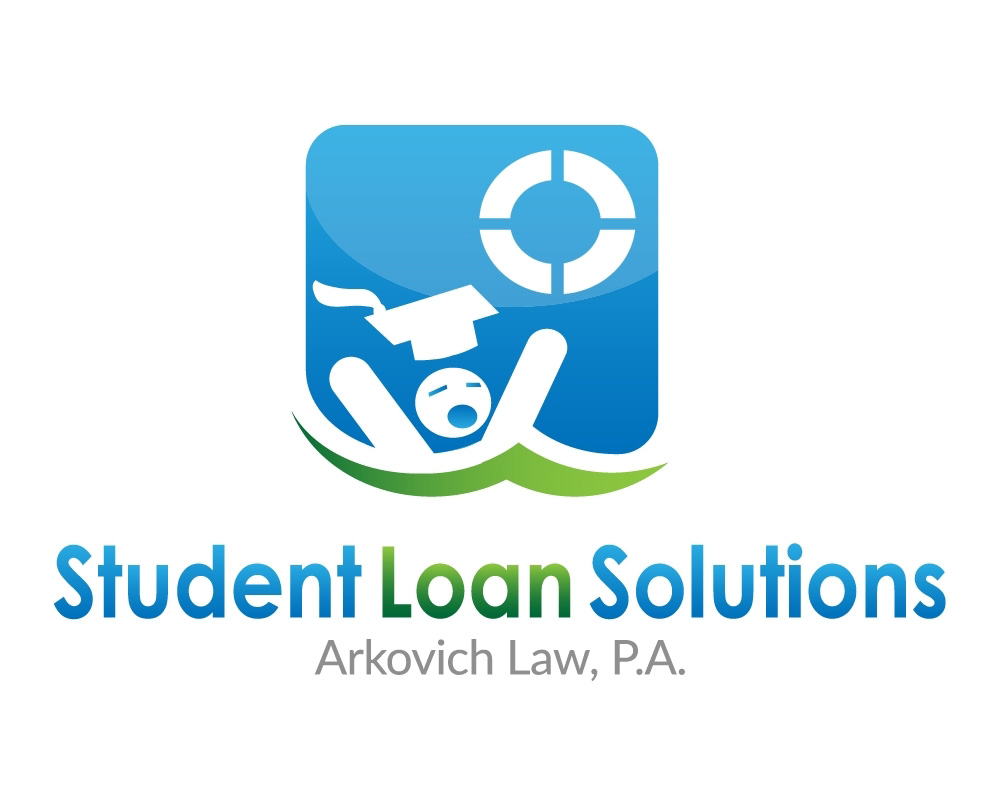Public Benefits in Minneapolis, MN and Bankruptcy #3
Welcome back to our series of blog posts on the history and philosophy of the economy, bankruptcy, and debt – today we continue to discuss public benefits in the 20th-century public, other than traditional social security.
Welfare is not well defined, though most would agree that welfare is assistance from the government, sometimes monetary assistance, based on income (or lack thereof) or inability to work. We briefly touched on this last time, but it bears repeating: traditional social security is a public pension program, rather than a public benefit such as welfare.
However, some benefits offered by the social security administration are public benefits constituting welfare: social security disability insurance and supplemental security income. Social security disability insurance (“SSDI”) is a cash assistance program for people who have a condition that prevents them from engaging in a substantial financially gainful activity. It is worth noting that age is not a factor for SSDI eligibility. Supplemental security income (“SSI”) is a supplement for people on SSI and/or SSDI who have low incomes despite having access to those benefits.
Like traditional social security income, SSI and SSDI are both protected in bankruptcy, so funds that can be traced to those sources are safe from one’s creditors.
Thus far, we have been picking and choosing public benefit programs to discuss based on whether they provide a true monetary benefit, but there are so many public benefits programs that offer funds or necessities. Next time, we will discuss some in brief: public housing benefits, food benefits, unemployment, benefits aimed at needy families and children, and possibly even Lifeline (aka Obama-phone), etc.
If you are interested in the history and philosophy of the economy, bankruptcy, and debt, stay tuned for my blog posts. And, if you are thinking about filing, reach out to us at www.lifebacklaw.com.






